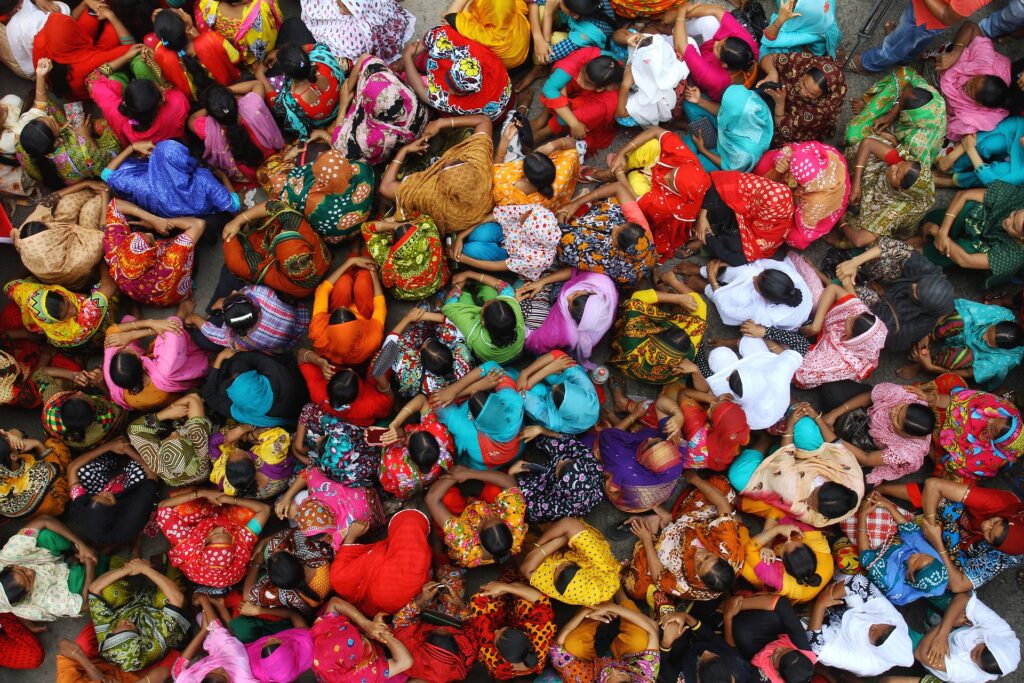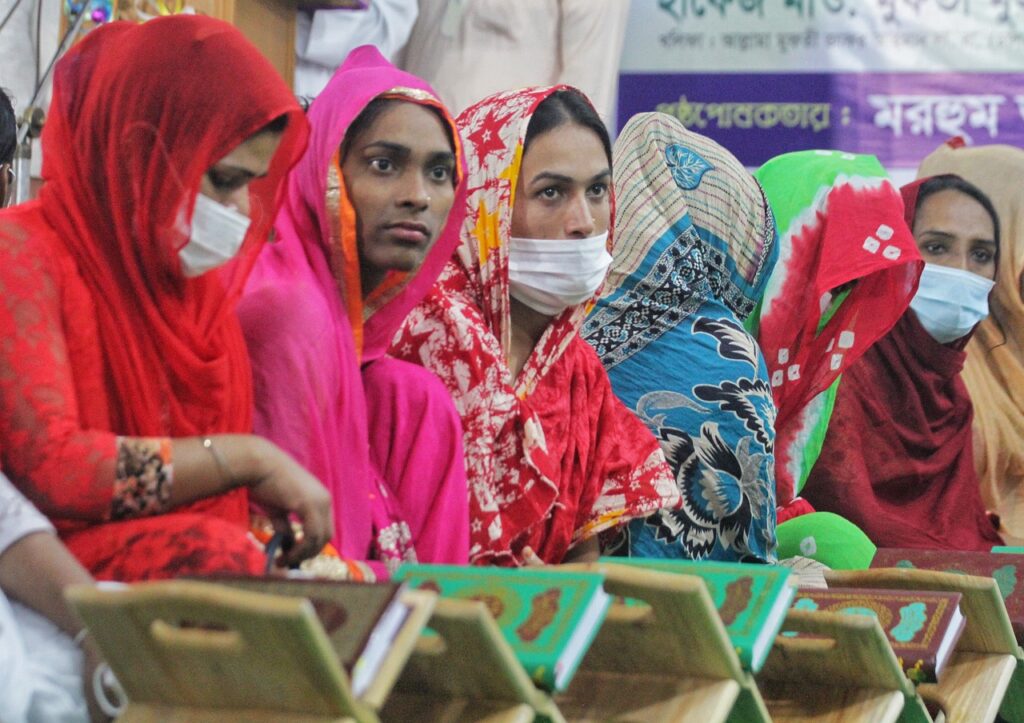India’s Population Will Surpass That of China by Mid-2023 – UN

With 1.428 billion inhabitants, India is about to overtake China as the world’s most populous nation. New U.N. estimates released this Wednesday indicate that India has overtaken mainland China and will soon surpass the mainland and Hong Kong population.
The report stated India would have about 2.9 million people more than China sometime in the middle of 2023 — about 1.4286 billion for India and 1.4257 billion for China. Together both countries account for more than one-third of the world’s total population, estimated to be around 7.9 billion people.
According to United Nations population data, China has had the largest population in the world since at least 1950, when the organization began collecting the data.
However, according to demographers, it is impossible to determine a precise date because of the limitations of demographic data. Patrick Gerland, head of the U.N.’s population estimates, and projections branch in New York, described the organization’s forecast as “a rough approximation, a best guess.”
However, an economy that relies on the contributions of so few women,
cannot reach its full potential.
Impact on the Economy
India has a young and growing labor force, unlike China and most industrialized nations. Nearly 80% of Indians are under 50, and some people have begun to believe that an “Indian century” is developing.
With its economy predicted to be the fastest-growing among major economies globally, the country has surpassed the United Kingdom to become the world’s fifth-largest economy in nominal GDP. According to the World Bank’s data for 2021, India’s nominal GDP stood at $3.05 trillion, while the U.K.’s nominal GDP was $2.74 trillion.
It is also worth noting that while India’s economy has been increasing in recent years, it still faces significant challenges, such as high poverty levels, inequality, and unemployment.

Significant Difficulties Remain
The country’s economy has expanded considerably faster than the population for a generation. Growing the economy without creating more jobs worsens inequality and raises the possibility of instability:
Although the percentage of people living in extreme poverty has decreased, Indians remain a majority of the world’s poor because economic growth has never grown quickly enough to create adequate formal jobs for everyone.
The country maintains the lowest official employment rates for women, and despite famines being a thing of the past more than a third of all children remain malnourished.
The Indian government has taken several measures to address the issue of unemployment, such as launching various skill development programs and promoting entrepreneurship.
However, with the country’s increasingly repressive Hindu nationalist regime and an economy that relies on the contributions of so few women, India cannot reach its full potential.
.
.

